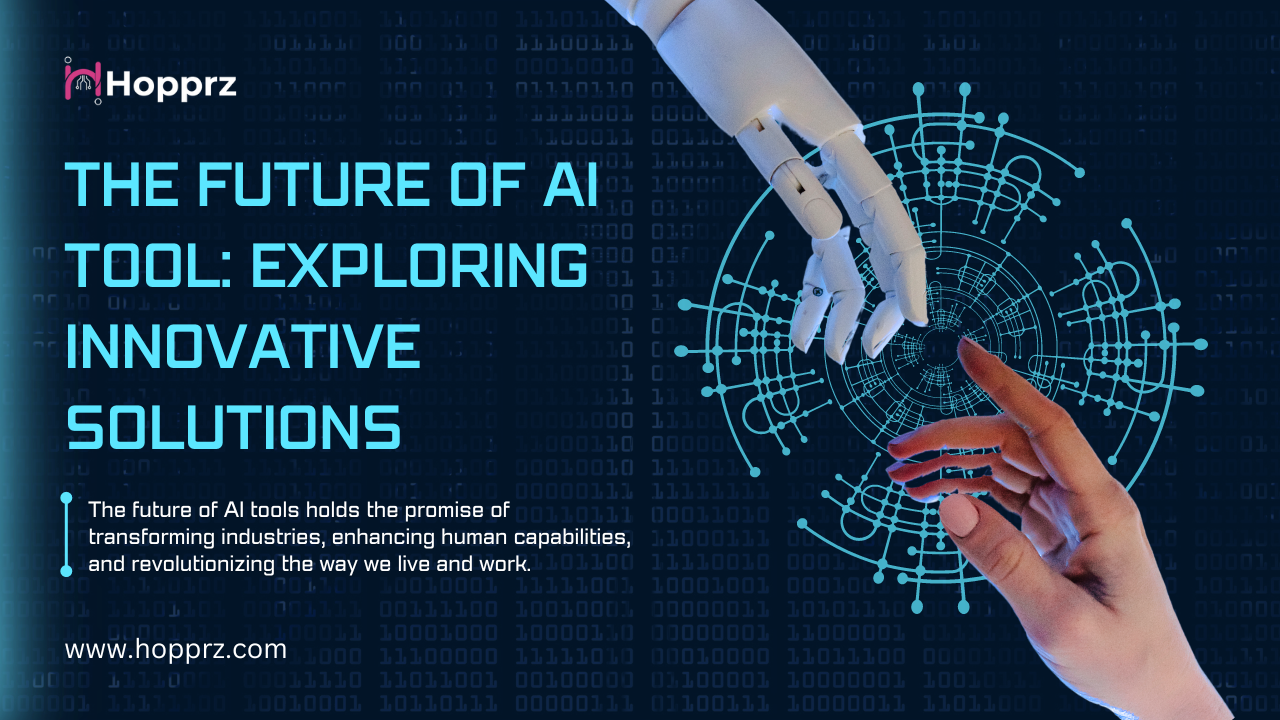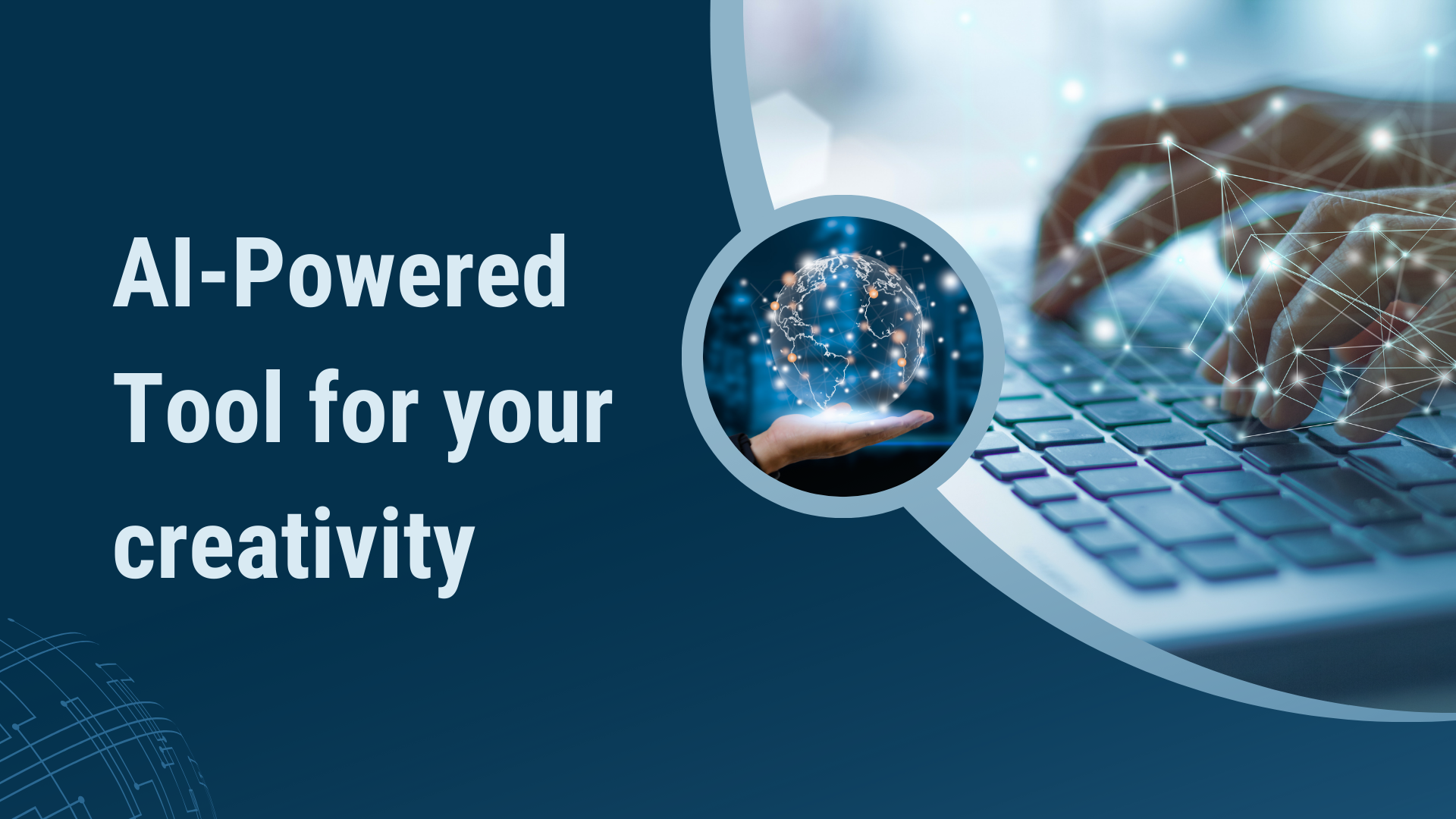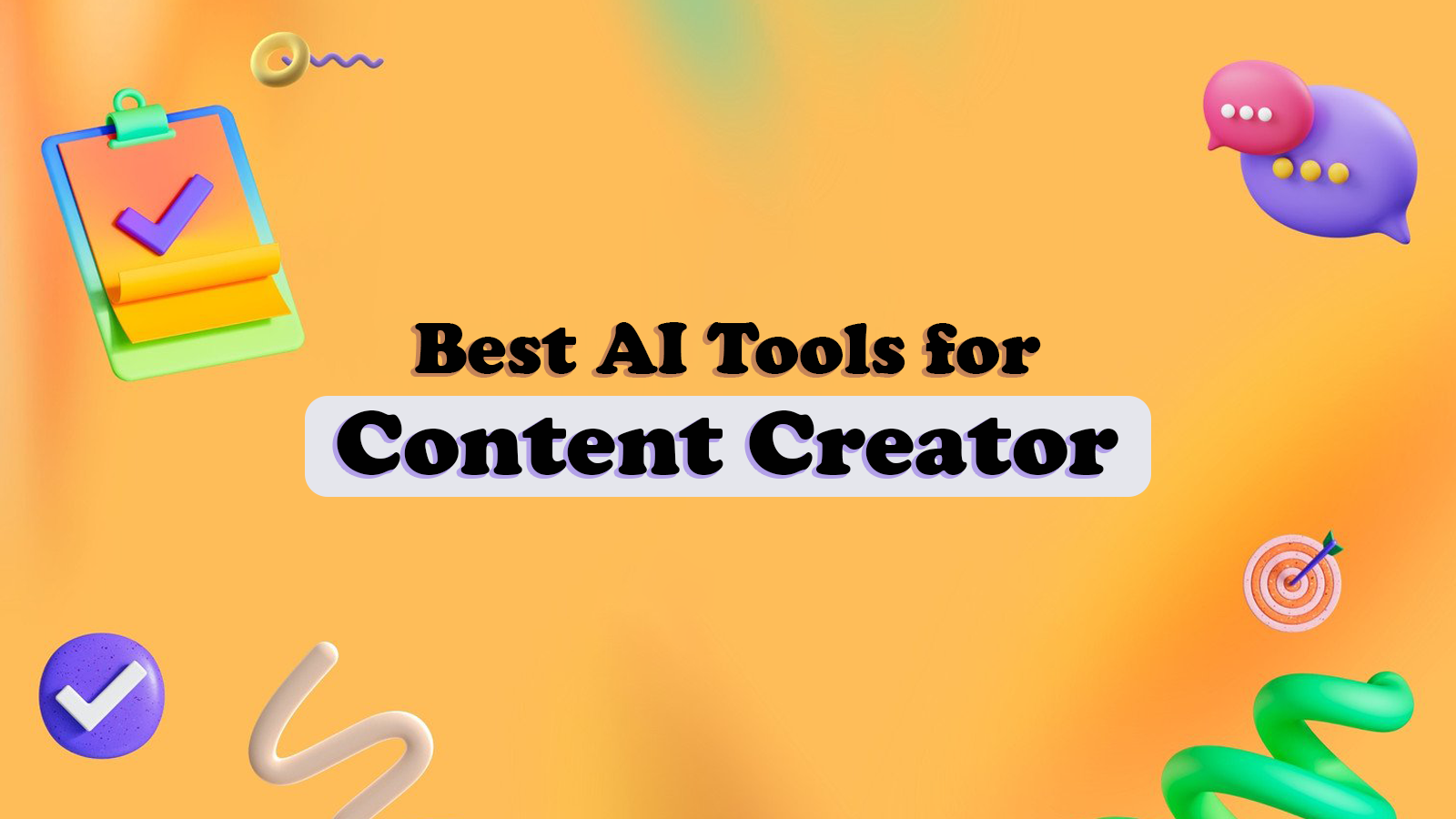
Introduction
In an era defined by rapid technological advancement, the evolution of artificial intelligence (AI) tools stands as one of the most transformative trends. From revolutionizing industries to augmenting human capabilities, AI has demonstrated its potential to reshape the future landscape. As we delve into the realm of tomorrow, it becomes imperative to explore innovative solutions that pave the way for further AI development and utilization. This article aims to dissect the trajectory of AI tools, envisioning their future possibilities and the groundbreaking solutions they could offer.
Traditional views of AI often evoke images of autonomous systems replacing human tasks. However, the future lies in the synergy between humans and machines, termed "augmented intelligence." Innovative solutions will focus on enhancing human decision-making processes by leveraging AI to analyze vast datasets, provide insights, and streamline workflows. Collaborative AI tools will empower individuals across diverse domains, from healthcare to finance, by offering real-time support and personalized recommendations.
With AI permeating various aspects of society, ethical considerations become paramount. Future AI tools will prioritize the integration of ethical frameworks to ensure responsible and unbiased decision-making. Innovative solutions will incorporate transparency, accountability, and fairness into AI algorithms, mitigating potential biases and discrimination. AI tools will empower users with greater control over their data privacy and security, fostering trust and societal acceptance of AI technologies.
Understanding the Evolution of AI Tools
Artificial Intelligence (AI) tools have undergone a remarkable evolution, reshaping industries and augmenting human capabilities in unprecedented ways. This evolution can be traced through distinct stages, each marked by significant advancements and innovations.
The inception of AI can be traced back to the 1950s and 1960s, characterized by the development of early symbolic AI systems. These systems were rule-based and relied on explicit programming to perform tasks such as logical reasoning and problem-solving. While groundbreaking at the time, their capabilities were limited by the complexity of real-world problems and the rigidity of rule-based approaches.
The subsequent decades saw the rise of machine learning and neural networks, ushering in the era of statistical AI. This shift enabled AI systems to learn from data, recognize patterns, and make predictions without explicit programming. The development of algorithms such as decision trees, support vector machines, and neural networks paved the way for advancements in areas such as image recognition, natural language processing, and recommendation systems.
Enhanced User Experience with Hopprz AI Tools
Hopprz AI Tools offer a cutting-edge solution to elevate user experiences across various platforms. Leveraging advanced artificial intelligence algorithms, these tools are designed to analyze user behavior, preferences, and interactions in real-time, ultimately delivering personalized and engaging experiences. Whether it's in e-commerce, social media, or entertainment, Hopprz AI Tools harness the power of machine learning to tailor content, recommend products, and anticipate user needs. By understanding individual preferences and adapting dynamically, these tools ensure that users receive relevant and timely suggestions, enhancing satisfaction and fostering long-term engagement. With Hopprz AI Tools, businesses can unlock new levels of customer loyalty and drive growth through unparalleled user experiences.
24/7 Availability and Instant Responses
In the traditional customer service model, users often encounter frustrating delays when seeking assistance outside of regular business hours. However, Hopprz AI chatbots have changed the game by offering 24/7 availability and instant responses, regardless of the time of day. Let's delve into how this benefits users:
1. Real-time Assistance for Customer Queries
Hopprz AI chatbots excel at providing real-time assistance for customer queries, ensuring that users receive immediate support whenever they need it. Whether it's a simple question about product features or a complex issue requiring troubleshooting, Hopprz chatbots can engage users in instant conversations, offering solutions and guidance without delay.
2. Reducing Response Times Significantly
One of the most significant advantages of Hopprz AI chatbots is their ability to reduce response times significantly. Unlike human agents who may be inundated with multiple queries simultaneously, Hopprz chatbots can handle numerous conversations simultaneously, ensuring that each user receives prompt attention. This efficiency not only enhances the user experience but also increases customer satisfaction and loyalty.
3. Providing Consistent Support Across Different Time Zones
With the global nature of business today, customers may reside in different time zones around the world. This can pose a challenge for businesses striving to provide consistent support across diverse geographical regions. Hopprz AI chatbots address this challenge by offering round-the-clock assistance, ensuring that users receive consistent support regardless of their location or time zone. Whether it's morning, noon, or night, users can rely on Hopprz chatbots to be available and responsive whenever they need assistance.
4. Personalized Recommendations and Assistance
Hopprz AI chatbots are not just about providing instant responses; they also excel at delivering personalized recommendations and assistance tailored to each user's preferences and needs. By analyzing user data and past interactions, Hopprz chatbots can offer relevant product suggestions, troubleshoot specific issues, and guide users through complex processes with ease. This personalized approach enhances user satisfaction and fosters stronger relationships between businesses and their customers.
Challenges Faced by Traditional AI Tools
Limited Adaptability:
Traditional AI tools often struggle to adapt to new or unexpected situations. They are typically designed for specific tasks or domains and may not perform well when faced with novel scenarios. This limitation arises because these tools rely on pre-defined rules or models that may not encompass all potential variations or complexities in the environment.
Data Dependency:
Many traditional AI tools heavily rely on large volumes of labeled data for training. This dependency on data can be a significant challenge, especially in domains where acquiring labeled data is expensive, time-consuming, or impractical. Furthermore, the quality and relevance of the data can significantly impact the performance and generalization capabilities of these tools.
Difficulty with Uncertainty:
Traditional AI tools often struggle to handle uncertainty effectively. They may provide deterministic outputs even when faced with incomplete or ambiguous information, leading to inaccurate or misleading results. Dealing with uncertainty is crucial in many real-world applications, such as decision-making in dynamic environments or risk assessment in uncertain situations.
Lack of Contextual Understanding:
Traditional AI tools may lack the ability to understand the context surrounding a given task or problem. They often operate in a narrow scope and may overlook crucial contextual cues that humans naturally consider when making decisions or solving problems. This limitation can lead to misinterpretations or errors, especially in tasks requiring nuanced understanding or domain-specific knowledge.
Difficulty in Learning Incrementally:
Some traditional AI tools face challenges in learning incrementally or adapting their behavior over time. These tools typically require periodic retraining on updated datasets or manual adjustments to their underlying models, making them less agile and responsive to changes in the environment. Incremental learning is essential for AI systems deployed in dynamic or evolving domains to maintain relevance and effectiveness.
Future Trends in AI Tools Development
Explainable AI (XAI):
As AI systems become more pervasive in decision-making processes, there's a growing demand for transparency and interpretability. Explainable AI focuses on developing algorithms and techniques that enable users to understand and interpret the decisions made by AI models, enhancing trust and accountability.
AI Ethics and Responsible AI:
With increasing awareness of the societal impacts of AI, there's a shift towards developing AI tools with ethical considerations in mind. This includes addressing bias and fairness issues, ensuring privacy and data protection, and promoting accountability and transparency throughout the AI lifecycle.
Continual Learning and Lifelong AI:
Traditional AI systems often require retraining from scratch when faced with new data or tasks. Continual learning aims to develop AI tools that can learn incrementally over time, adapting to new information and evolving environments without forgetting previously acquired knowledge, leading to more robust and adaptive AI systems.
Human-AI Collaboration:
Future AI tools will focus on augmenting human capabilities rather than replacing them. This trend involves developing AI systems that can effectively collaborate with humans, leveraging the unique strengths of both parties to achieve superior outcomes in various domains, from healthcare and education to creative endeavors and problem-solving.
AI Automation and Autonomous Systems:
Automation will continue to be a significant driver of AI tools development, with a focus on automating repetitive tasks, decision-making processes, and complex workflows across various industries. Autonomous systems, such as self-driving cars and drones, will also see advancements, leveraging AI for perception, navigation, and decision-making in dynamic environments.
Natural Language Understanding and Generation:
Advancements in natural language processing (NLP) will lead to AI tools that can better understand and generate human-like text and speech. This includes improving language models, such as GPT (Generative Pre-trained Transformer) architectures, for tasks like text summarization, language translation, and dialogue generation, as well as enabling more seamless human-computer interactions through voice assistants and chatbots.
Conclusion:
In conclusion, the future of AI tools, including innovative solutions offered by brands like Hopprz, holds tremendous promise. By exploring cutting-edge technologies such as explainable AI, continual learning, and human-AI collaboration, Hopprz and similar brands can unlock new opportunities for transparency, adaptability, and efficiency in AI systems. As AI continues to evolve, it will play a pivotal role in addressing complex challenges across various sectors, from healthcare and sustainability to education and beyond. However, brands like Hopprz need to approach AI development responsibly, prioritizing ethical considerations, privacy protection, and societal impact. With a commitment to innovation, collaboration, and ethical stewardship, Hopprz and other forward-thinking brands can contribute positively to the well-being of individuals and communities worldwide, revolutionizing how we interact with technology and address the most pressing issues facing humanity.

